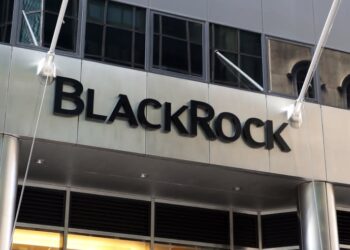Actively managed real estate investment trusts (REITs) have, on average, underperformed their passive counterparts over the past 10 years, according to analysis from Morningstar.
The analysis, based on Morningstar’s inaugural Australian Active/Passive Barometer released earlier this month, found that the average total return of active Australian REIT (AREIT) and global REIT (GREIT) managers was below that of passive strategies.
“Many active managers across both categories failed to outperform the average total return of passive strategies over the same period, with survivorship and merged funds considered,” said Morningstar manager research analyst Steven Le.
Specifically, active AREIT strategies had an average annual return of 7.9 per cent over the 10 years to June 2023 compared to a return of 7.3 per cent for passive AREIT strategies.
Active GREIT strategies delivered an average annual return of 4.8 per cent over the same time period versus 4.6 per cent for passive GREIT strategies.
“On the surface, the average underperformance of active strategies relative to passive strategies in both categories is a disappointing result for investors. Particularly given that they are paying active management fees and expect some level of outperformance over a reference index or passive strategy that aims to track a benchmark in the long term,” said Mr Le.
“But as we delve deeper into these simple average figures, we see that it’s not all bad news.”
Mr Le indicated that 12 out of 27 active strategies in the AREIT category had managed to deliver a positive excess return when compared to the average total return of passive strategies, which he described as a “respectable result”.
The top-performing active AREIT strategy returned 8.8 per cent and the lowest returned 4.6 per cent on an annualised basis. In comparison, the best-performing passive strategy returned 7.7 per cent and the worst returned 6.4 per cent.
Meanwhile, Mr Le said that it was “disappointing” that only four out of 16 active GREIT strategies had managed to beat the average total return of passive strategies.
On an annualised basis, the best-performing active strategy returned 7.3 per cent and the lowest returned 3.2 per cent, while the best-performing passive strategy returned 6.7 per cent and the worst returned 2.7 per cent.
“It’s vital for investors to be aware of the inherent risks in the real estate sector, such as interest-rate risk and susceptibility to broader economic activities, to name a few,” Mr Le noted.
“It’s also paramount to be mindful that passive strategies are generally not designed to offer downside protection when the relevant sector and/or broader markets are falling. In that type of environment, active strategies may be better designed to protect capital, like some skilled active managers demonstrated during the sector (and market) drawdowns of 2020 and 2022.”







